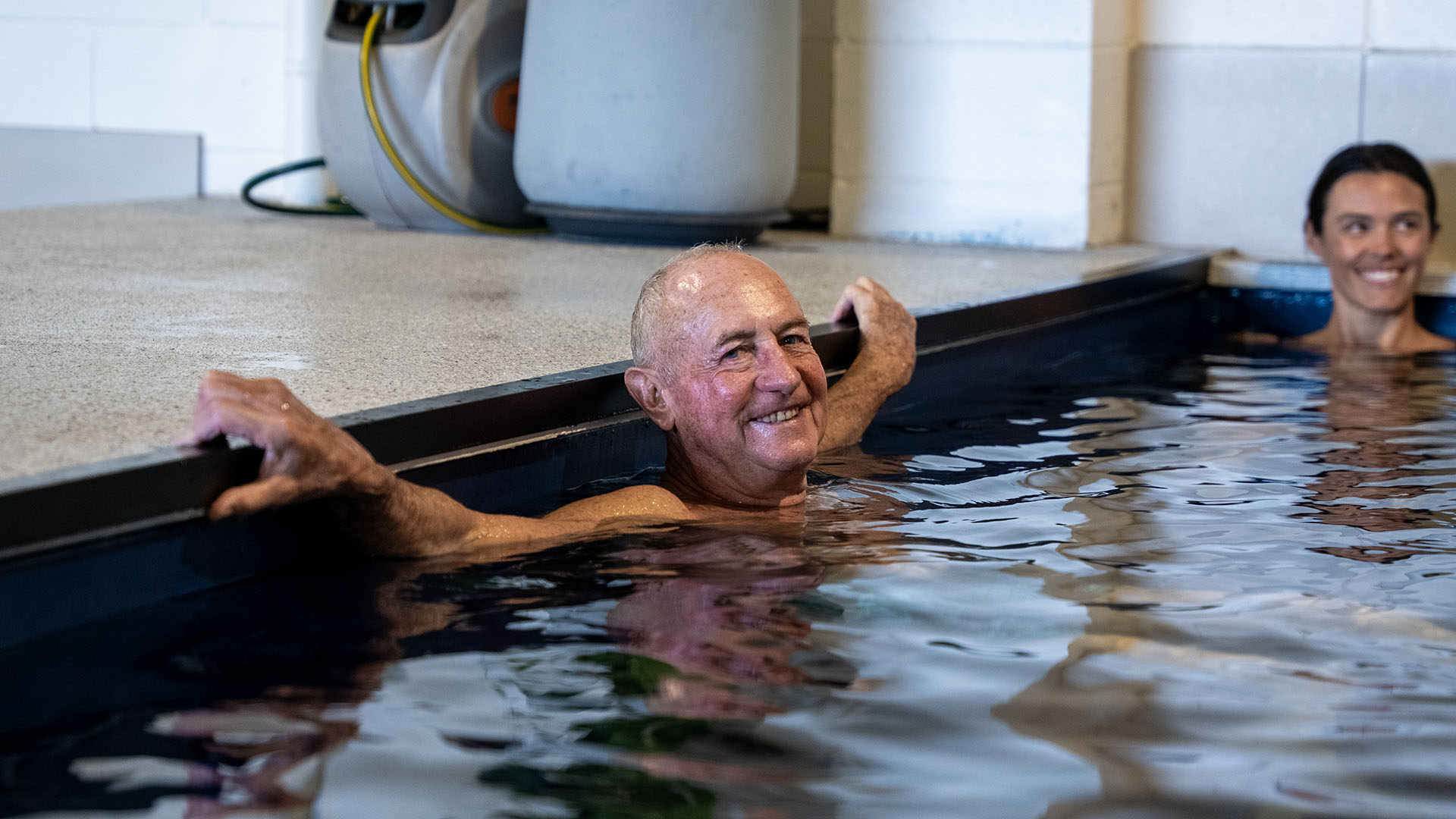Dive into the world of hydrotherapy and learn how the optimal protocol can significantly enhance athletic recovery and performance through a strategic balance of warm and cold immersions.
Hydrotherapy also known as contrast therapy, with its deep roots in therapeutic traditions, is increasingly recognised for its value in modern sports science. Central to effective hydrotherapy is the fine balance between warm and cold immersion, a method designed to energise and rejuvenate athletes. The optimal protocol, supported by recent research, highlights the importance of alternating between warm baths at 37 to 43°C and cold baths at 12–15°C. This rhythmic sequence, typically in a 3:1 or 4:1 ratio, offers a dynamic recovery strategy.
Recent studies have unveiled the critical role of cold immersion in concluding hydrotherapy sessions. When athletes submerge in the brisk waters, they experience vasoconstriction, which boosts blood circulation and muscle recuperation. This final cold plunge is not just the end of the session; it’s a powerful trigger for physiological responses essential for peak performance.
While hydrotherapy’s benefits are well-established, ongoing research delves into the nuances of its application. Although hot-cold showers might seem an attractive quick fix, they may not provide the full therapeutic benefits that more extended immersions do. As the scientific community peels back the layers of hydrotherapy’s effectiveness, athletes and therapists are poised to adopt innovative protocols that push the boundaries of recovery science.
In essence, the journey to optimal recovery through hydrotherapy is a dance of warmth and coolness. Adhering to research-backed protocols and embracing the significance of a cold finish, athletes can pave the way for improved performance, resilience, and well-being.
The Science Behind Hydrotherapy
Hydrotherapy’s power stems from its use of water’s natural properties to foster healing and recovery. Warm water immersion causes vasodilation, increasing circulation, delivering nutrients and oxygen to muscles, aiding repair, and reducing inflammation. Cold immersion, on the other hand, induces vasoconstriction, reducing swelling and flushing out metabolic waste. This warm-cold contrast stimulates the body’s healing processes, enhancing resilience and well-being.
Understanding the Optimal Protocol
The ideal hydrotherapy protocol involves a sequence of warm and cold immersions, customised to each athlete’s needs and goals. Warm baths (37 to 43°C) relax muscles and ease tension, while cold baths (12–15°C) refresh and stimulate recovery. Typically, each session lasts 20 to 30 minutes and is repeated twice daily for maximum benefit. The regimen concludes with a cold immersion to leverage the vasoconstrictive benefits, optimising recovery and performance.
Navigating the Evolution of Hydrotherapy
As hydrotherapy evolves, new techniques and protocols emerge, broadening our understanding of recovery science. While hot-cold showers provide a convenient alternative, they might not achieve the comprehensive benefits of prolonged immersions. Exploring these different methods helps refine our approach to hydrotherapy, enhancing its healing potential.
Embracing a Holistic Approach to Recovery
Hydrotherapy isn’t just a physical treatment; it’s a holistic practice that nurtures the mind, body, and spirit. It provides relaxation and rejuvenation, strengthening the mind-body connection vital for peak performance. By following evidence-based practices and staying updated with research, athletes and therapists can embark on a transformative path toward optimal health and resilience.
Conclusion:
In conclusion, the optimal hydrotherapy protocol stands out as a beacon in sports recovery, offering athletes a route to enhanced performance and vitality. By focusing on detail and embracing scientific exploration, we navigate a path of discovery, guided by hydrotherapy’s promise to heal, restore, and invigorate. As the landscape of sports science evolves, our commitment to excellence, powered by the profound capabilities of hydrotherapy, illuminates the way forward, promising a resilient and vibrant future for athletes around the globe.
